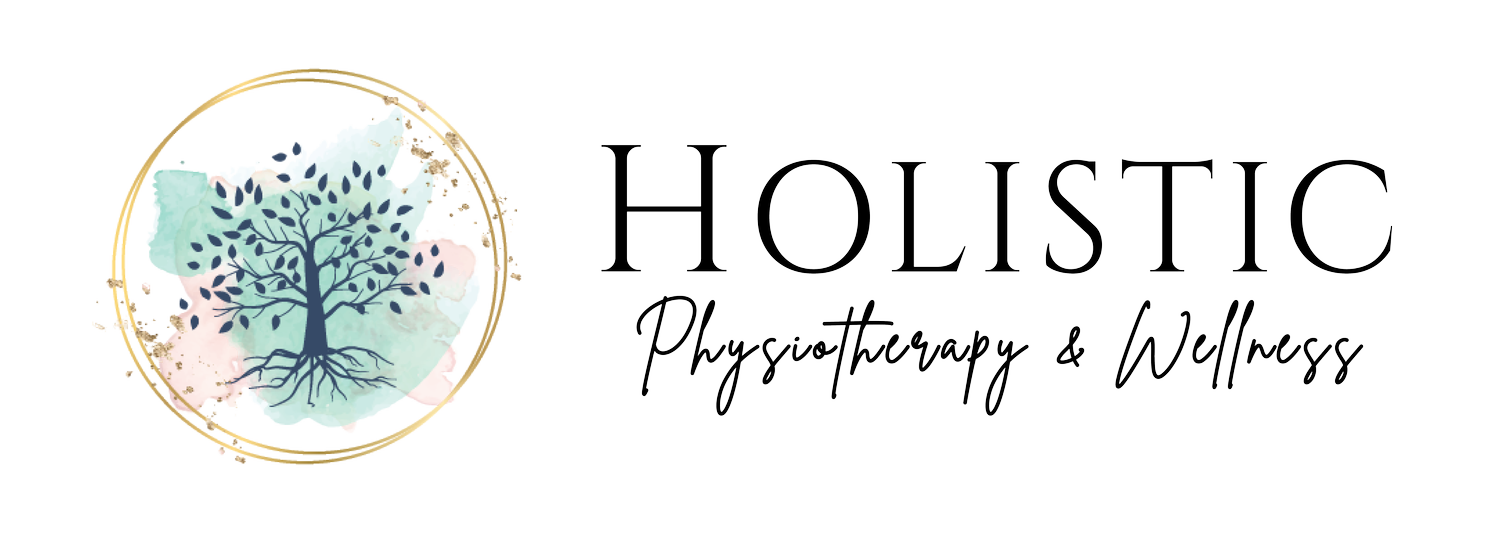Vitamin D in the Winter for Mom and Baby
Written by Dr. Stephanie Liebrecht | Sept 13, 2019
Canadians naturally make Vitamin D in the skin during the sunny months of May to October. The strong UV rays convert cholesterol into pre-Vitamin D, which then goes on to be converted into it’s final and active form - Vitamin D3 (also just referred to as Vitamin D). Since the UV rays are not strong enough in the fall and winter (as well as being bundled up outside!), Vitamin D is not made for 6 months of the year. It is recommended to supplement with Vitamin D from October until May.
Vitamin D deficiency has been linked to many health concerns, some of which include osteoporosis, diabetes, asthma, autoimmune diseases such as multiple sclerosis and rheumatoid arthritis, as well as cancer.
Health Canada recommends infants received 400 IU of Vitamin D3 per day1. For infants living in northern communities (areas north of Edmonton across Canada), the Canadian Paediatric Society advocates for infants to receive 800 IU per day, due to higher risks of deficiency2,4.
There are 3 ways infants can get their required Vitamin D - taking infant drops of Vitamin D, through mom’s breast milk if she is also supplementing with Vitamin D, or by formula that is fortified with Vitamin D.
1. Vitamin D Drops
Supplementing infants with Vitamin D is an effective way to ensure adequate levels during the winter months. Liquid drops can be applied directly into baby’s mouth, or placed on a clean surface such as a fingertip for baby to lick.
Look for a product with 400 IU per drop of Vitamin D3 in an oil base (ie: coconut oil, olive oil).
2. Breast milk
Breast milk contains only a small amount of Vitamin D, which is generally less than 40 IU. Since Vitamin D is transferred through breast milk, mom can supplement with Vitamin D and pass it along to baby. ?
For exclusively breastfed infants who are not receiving Vitamin D drops, the Canadian Paediatric Society recommends mothers to supplement with 2000 IU per day2. ?There is evidence showing that 4000 IU per day is safe and effective in ensuring adequate Vitamin D levels in breast milk3. The Canadian Paediatric Society acknowledges this information.
3. Formula
Most infant formulas are fortified with Vitamin D. Read the nutrition label to learn how much Vitamin D is present in the amount you feed baby per day. If this is below 400 IU per day, you may want to consider adding in Vitamin D drops.
References
1. Vitamin D and calcium: updated dietary reference intakes. (2019, July 10). Retrieved from https://www.canada.ca/en/health-canada/services/food-nutrition/healthy-eating/vitamins-minerals/vitamin-calcium-updated-dietary-reference-intakes-nutrition.html#a10
2. Godel, John. (2007, October 1). Vitamin D supplementation: recommendations for Canadian mothers and infants. Retrieved from https://www.cps.ca/en/documents/position/vitamin-d
3. Dawodu, A., Tsang, R. (2012, May 4). Maternal vitamin D status: effect on milk vitamin D content and vitamin D status in breastfeeding infants. Retrieved from https://www.ncbi.nlm.nih.gov/pmc/articles/PMC3649470/
4. Vitamin D. (2013, November). Retrieved from https://www.caringforkids.cps.ca/handouts/vitamin_d
Dr. Stephanie Liebrecht
Naturopathic Doctor


